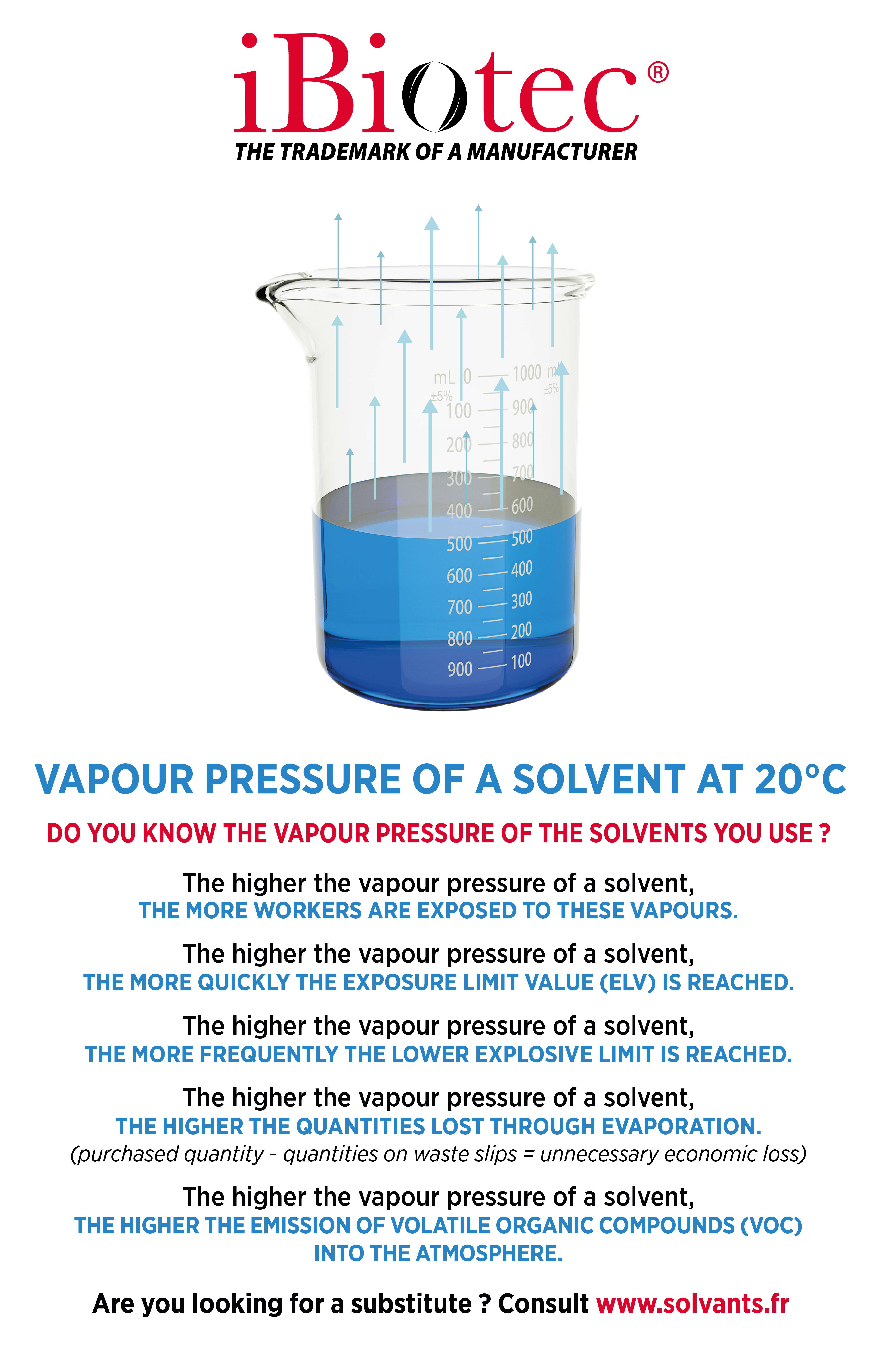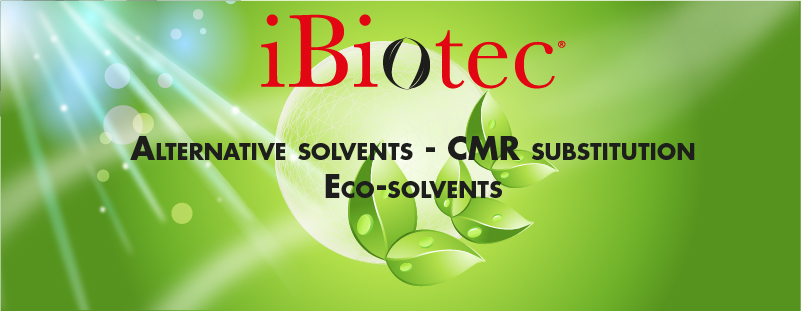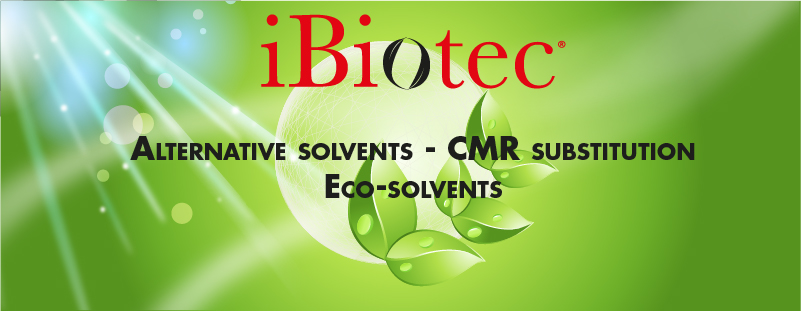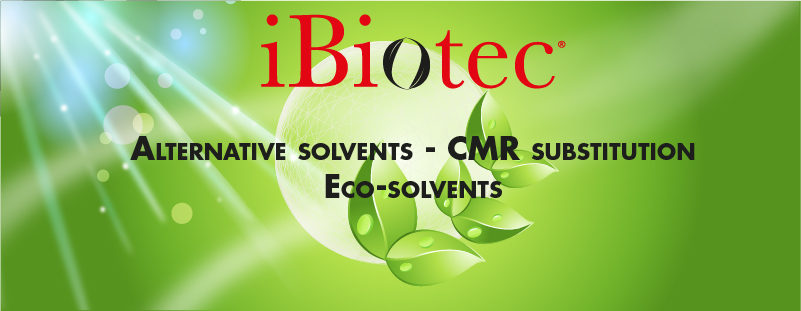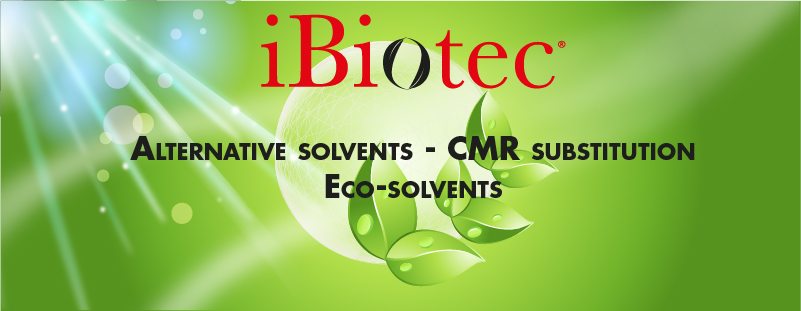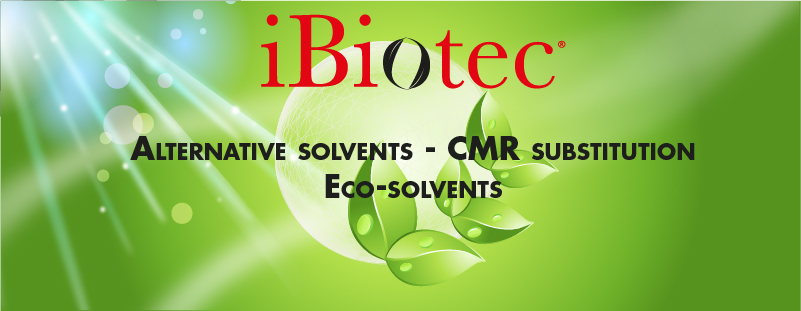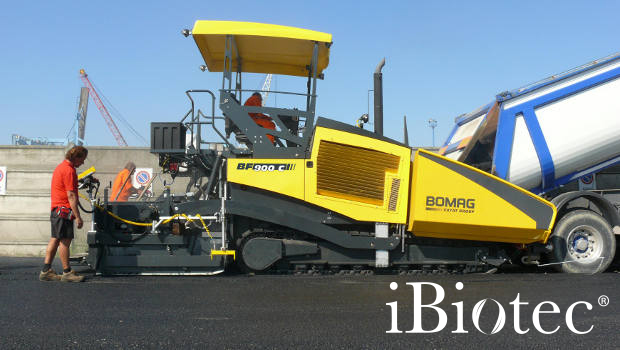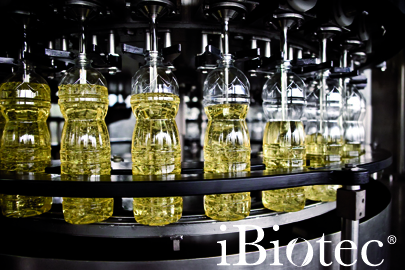Formulateur & Fabricant
of technical cleaning solvents
and of degreasing during maintenance
and industrial processes

|
TRI 111 Ethane and CFC 113 have historically been widely used in degreasing operations in production and in maintenance; CFC 113 was reserved for degreasing and cleaning fragile substrates, T 111 for mechanical components. Both substances were banned for environmental reasons.
Trichlorethylene and Perchloroethylene, both classified CMR, did not offer a choice of substitution for long for T 111. HCFC 141 B was also banned for environmental reasons.
Industrialists have therefore naturally turned to hydrocarbon solutions. While chlorinated, brominated or fluorinated halogenated solvents were non-flammable, with excellent degreasing power and an extremely fast evaporation rate, hydrocarbon solvents have an evaporation rate associated to their flash point; the faster a drying time desired, the lower the flash point, and their solvent power is more limited. They cannot be used in vapour phase. Nor can they be used in ultrasonic tanks when their flash point is below 80°C, in which case they can also be used in A3 machines.
The recent reclassification of hydrocarbon solvents by CLP regulation, Harmful if swallowed, H 304, and although the risk is limited to drinking or siphoning it (see paragraph regulatory aspects, heading toxicological aspects, risk of ingestion H 304) leads users to search for "solvent" solutions without the danger pictogram. |
|
iBiotec offers degreasing solutions that meet all the required criteria
- Hydrocarbon cuts with reinforced solvent power and optimized flash point/evaporation rate.
- Non-measurable flash point solvents, solvents without hazard pictograms
- For over 10 years, we have been formulating plant-based solvents, with total control over their performance and their toxicity, in particular with regard to their residual methanol content (from transesterification), their aldehyde content, their anisidine and peroxide index.
- Bio-based solvents for the food industry (IAA).

